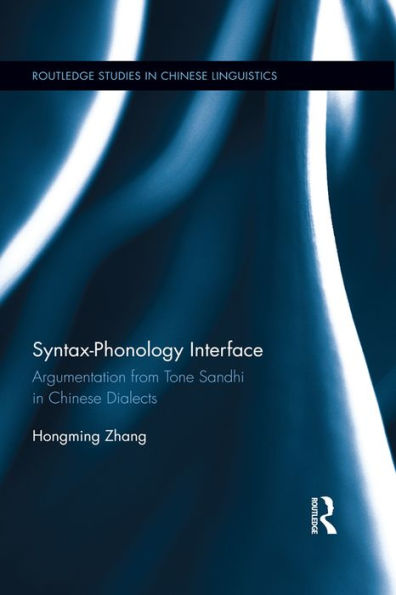5
1

Syntax-Phonology Interface: Argumentation from Tone Sandhi in Chinese Dialects
246
Syntax-Phonology Interface: Argumentation from Tone Sandhi in Chinese Dialects
246eBook
$41.49
$54.99
Save 25%
Current price is $41.49, Original price is $54.99. You Save 25%.
Related collections and offers
41.49
In Stock

Product Details
| ISBN-13: | 9781351776196 |
|---|---|
| Publisher: | Taylor & Francis |
| Publication date: | 11/25/2016 |
| Series: | Routledge Studies in Chinese Linguistics |
| Sold by: | Barnes & Noble |
| Format: | eBook |
| Pages: | 246 |
| File size: | 9 MB |
About the Author
From the B&N Reads Blog
